Introduction
Non-recyclable household items include the most common things that we often do not even bother to think about. Recycling practices vary significantly across the world. Misplaced recycling, or including wet or dirty items, can contaminate the recycling stream.
Many of us have engaged in “wish-cycling” — tossing every paper, plastic, metal, or glass item into the recycling bin, assuming it should be recyclable. Unfortunately, recycling is more complex.
In today’s eco-conscious world, understanding non-recyclable household items is crucial for reducing environmental impact. Many common household items cannot be recycled, posing significant risks and disposal challenges. This guide explores the top 16 non-recyclable household items and provides essential information on handling them responsibly.
Non-Recyclable Household Items
Batteries
Batteries contain hazardous chemicals like lead, mercury, and cadmium. How to dispose of batteries safely is of paramount importance because improper disposal can lead to soil and water contamination. Instead of throwing them in the trash, take used batteries to designated recycling centers or participating retailers for safe disposal.
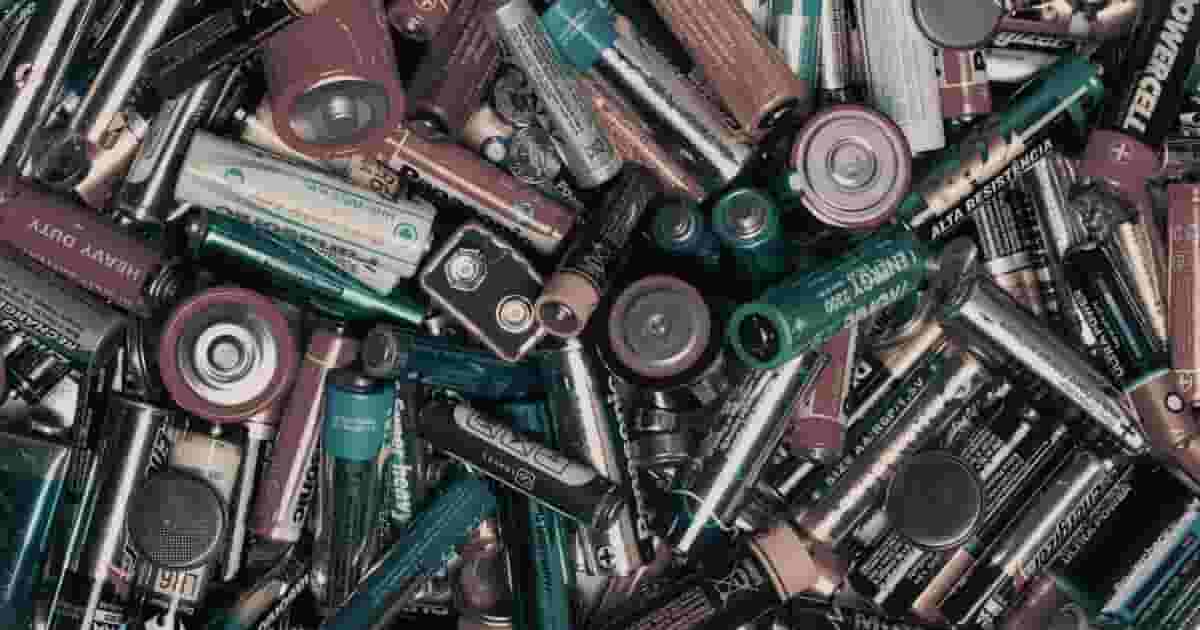
Chip Bags and Snack Wrappers
Chip bags and snack wrappers are one of the most widely used non-recyclable household items. Here is the answer of important question, Why chip bags are non-recyclable? Chip bags and snack wrappers are often made of mixed materials, including plastic and aluminum, making them difficult to recycle. Consider reducing consumption of such packaged snacks or opt for brands that use recyclable packaging.
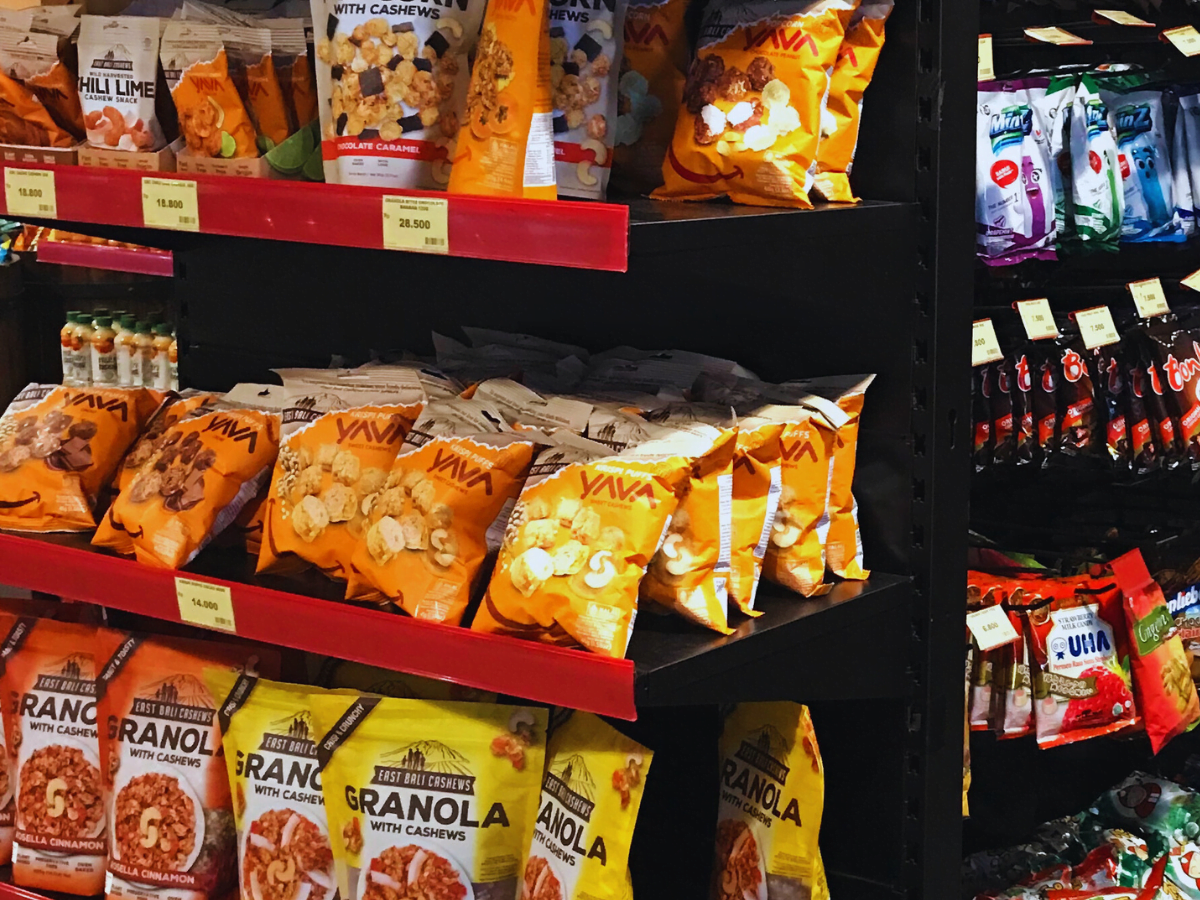
Ceramics and Coffee Mugs
Ceramics and coffee mugs are non-recyclable household items because they can contaminate the recycling stream. Proper disposal of ceramics which is included in top 16 non-recyclable household items, requires to donate such usable items or repurpose broken ceramics for art projects or garden mulch.
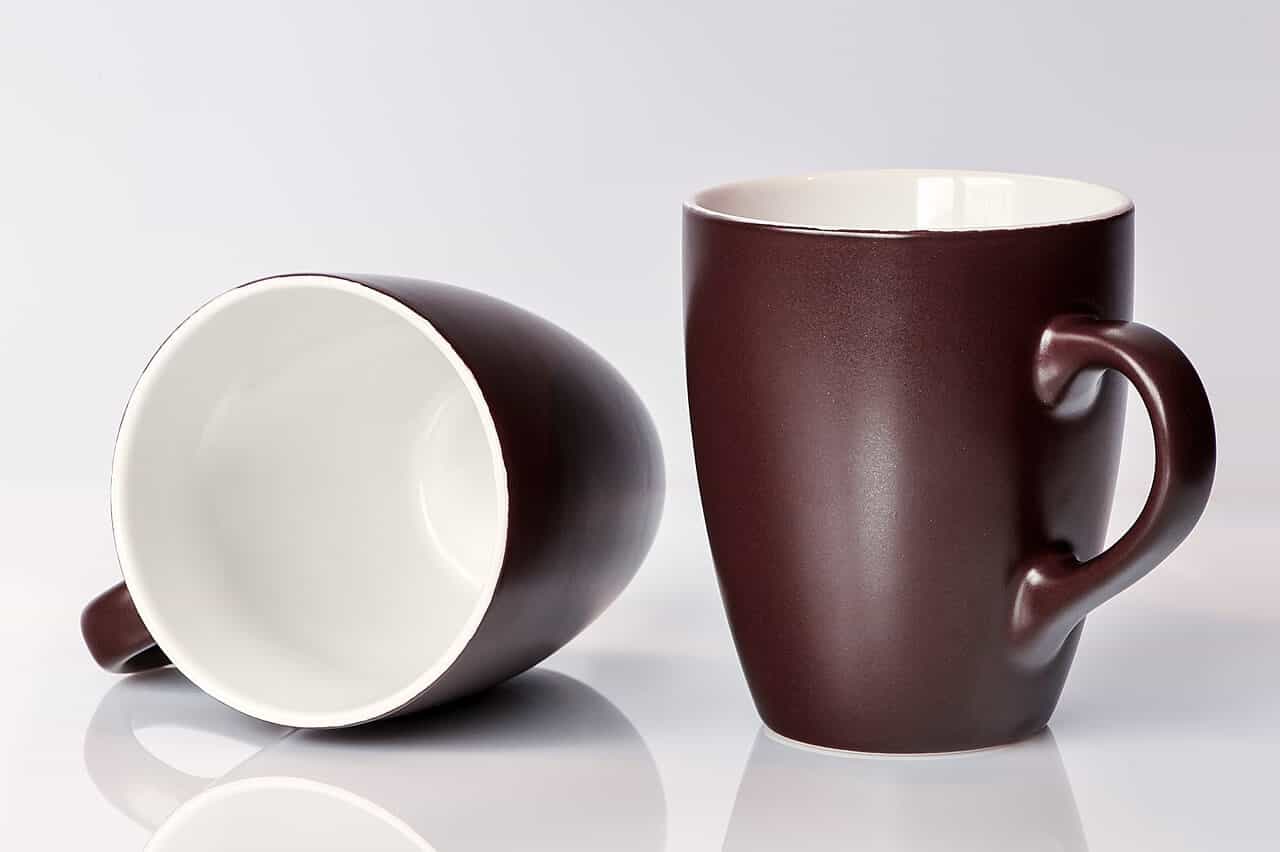
Coffee Pods
Coffee pods are typically made of plastic and aluminum, which are difficult to separate and recycle. Use reusable coffee pods or switch to traditional coffee makers to reduce waste.

Diapers
One of the most difficult non-recyclable household items, is the use of diapers. Disposable diapers are made of synthetic materials and can take hundreds of years to decompose in landfills. Use cloth diapers or eco-friendly disposable options and follow community guidelines for diaper disposal.
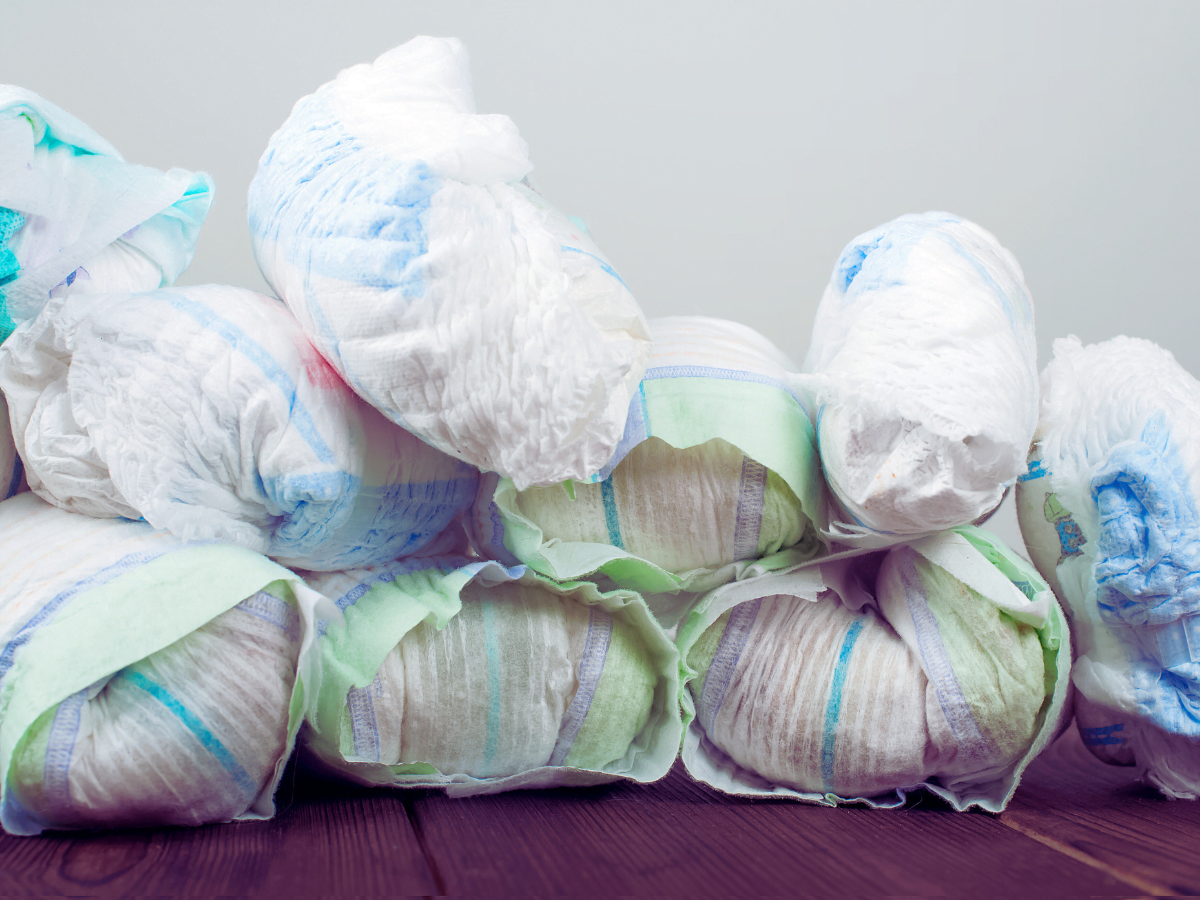
Aerosol Cans
Aerosol cans can be hazardous due to their pressurized contents. Empty cans can sometimes be recycled, but partially full cans should be taken to hazardous waste disposal facilities to avoid environmental contamination.
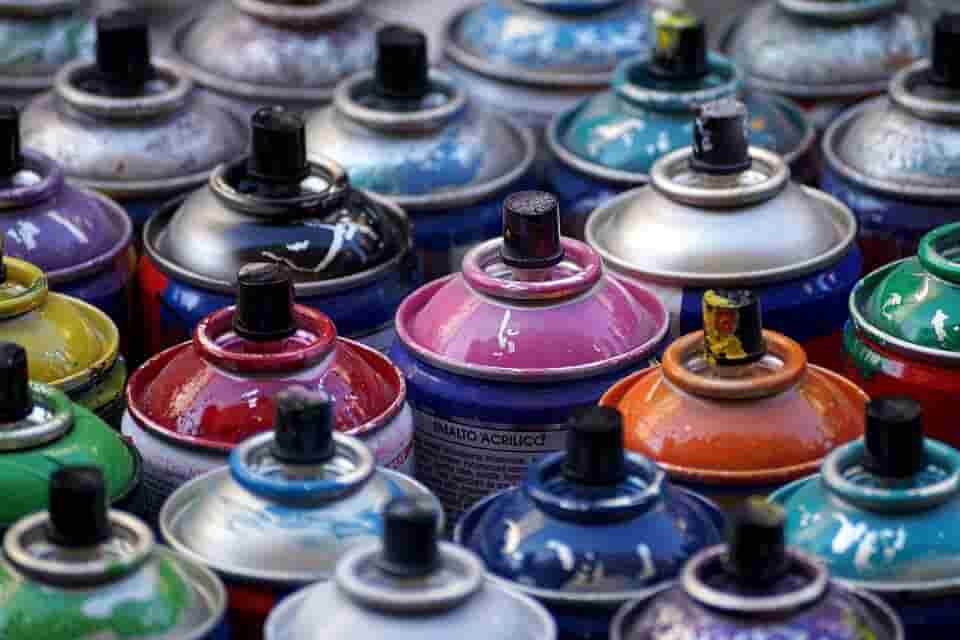
E-waste
Thanks to the innovation in technology, e-wastes included in non-recyclable household items, are growing day by day aand in large amount. E-waste, such as old phones, computers, and televisions, contains toxic substances that can harm the environment. Take e-waste to specialized recycling centers or participate in e-waste recycling events.

Inflatable Pools and Toys
Inflatable pools and toys are typically made of PVC, which is not recyclable. Opt for more durable, long-lasting options and dispose of inflatable items at designated waste facilities.
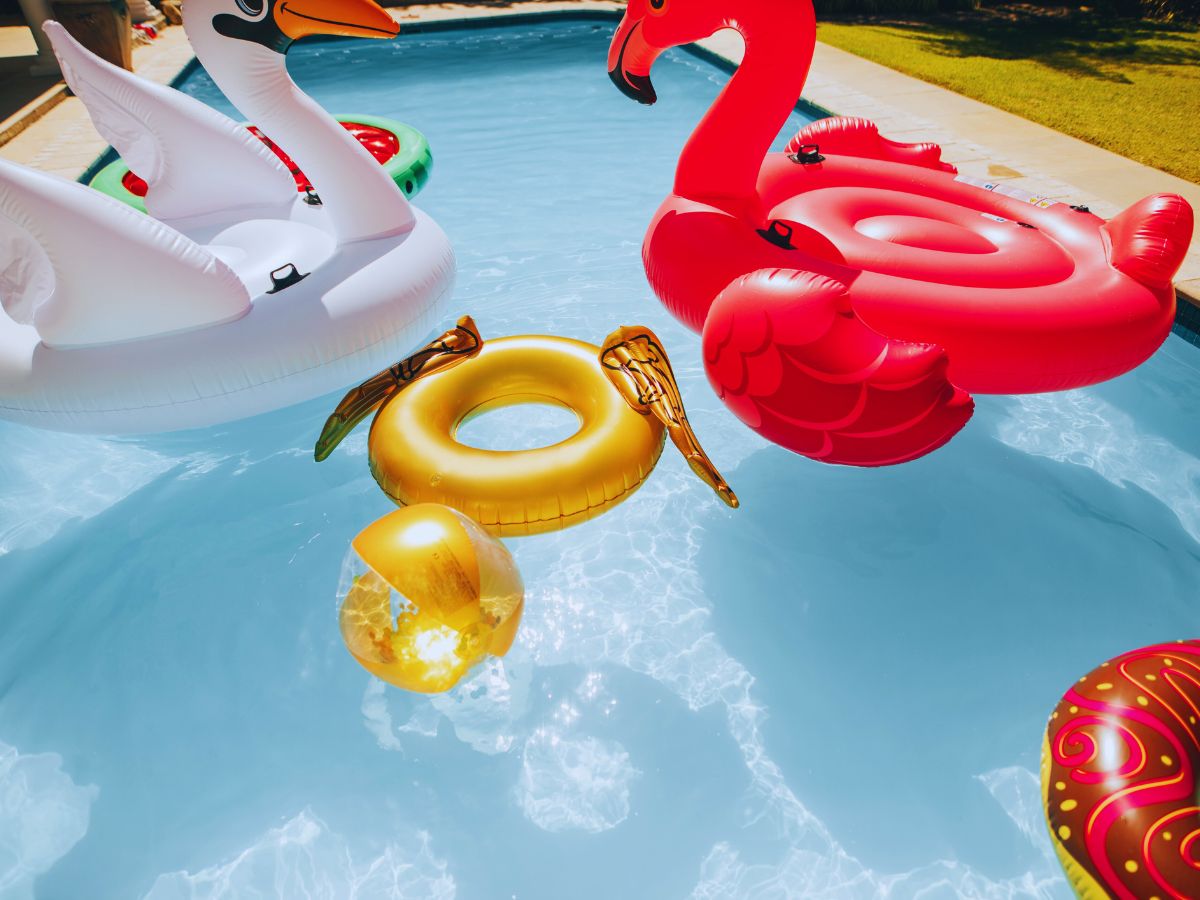
Light Bulbs
Traditional incandescent and some LED light bulbs are non-recyclable. CFL bulbs contain mercury and should be taken to hazardous waste disposal centers. Check local guidelines for specific disposal instructions.
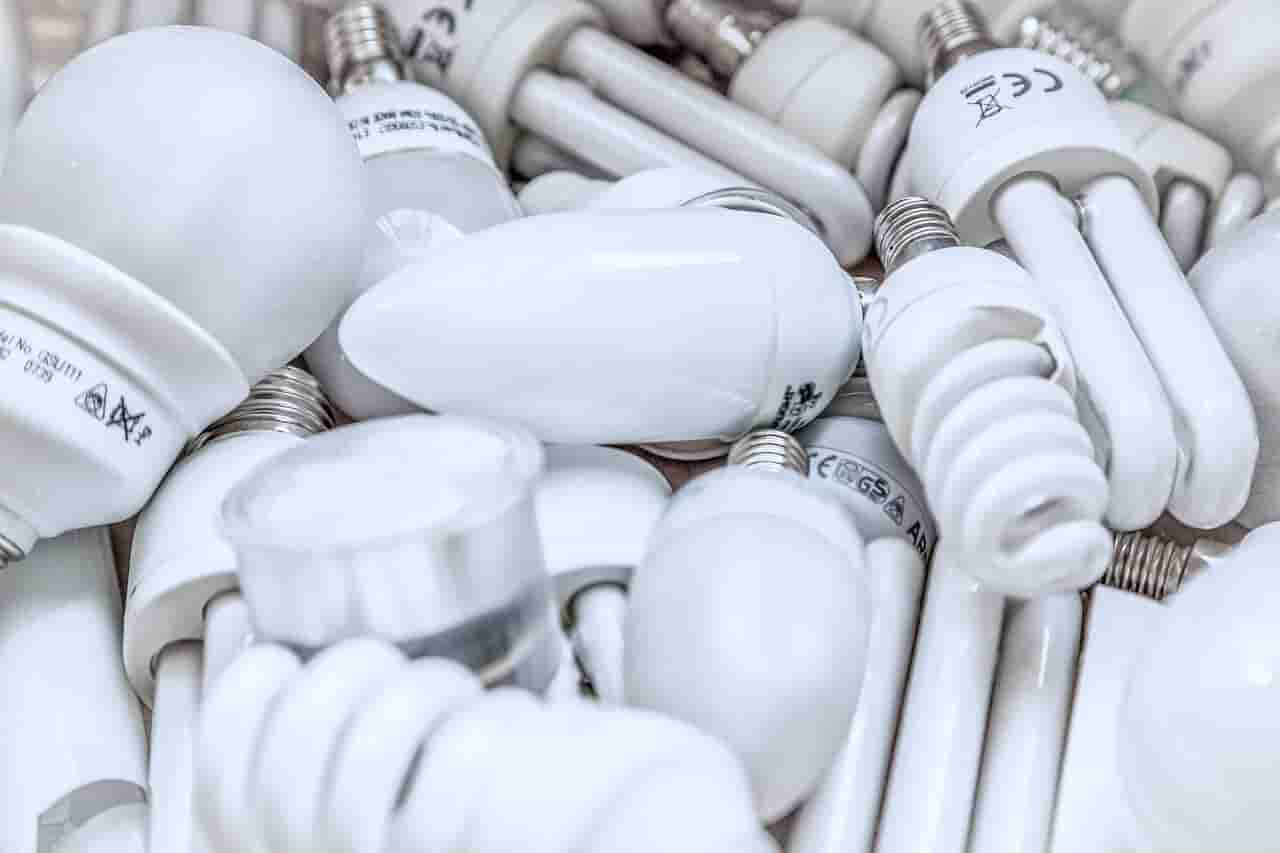
Medical Wastes
Medical waste, including needles and syringes, poses serious health risks. Use approved sharps containers and take them to designated disposal sites to ensure safety and environmental protection.
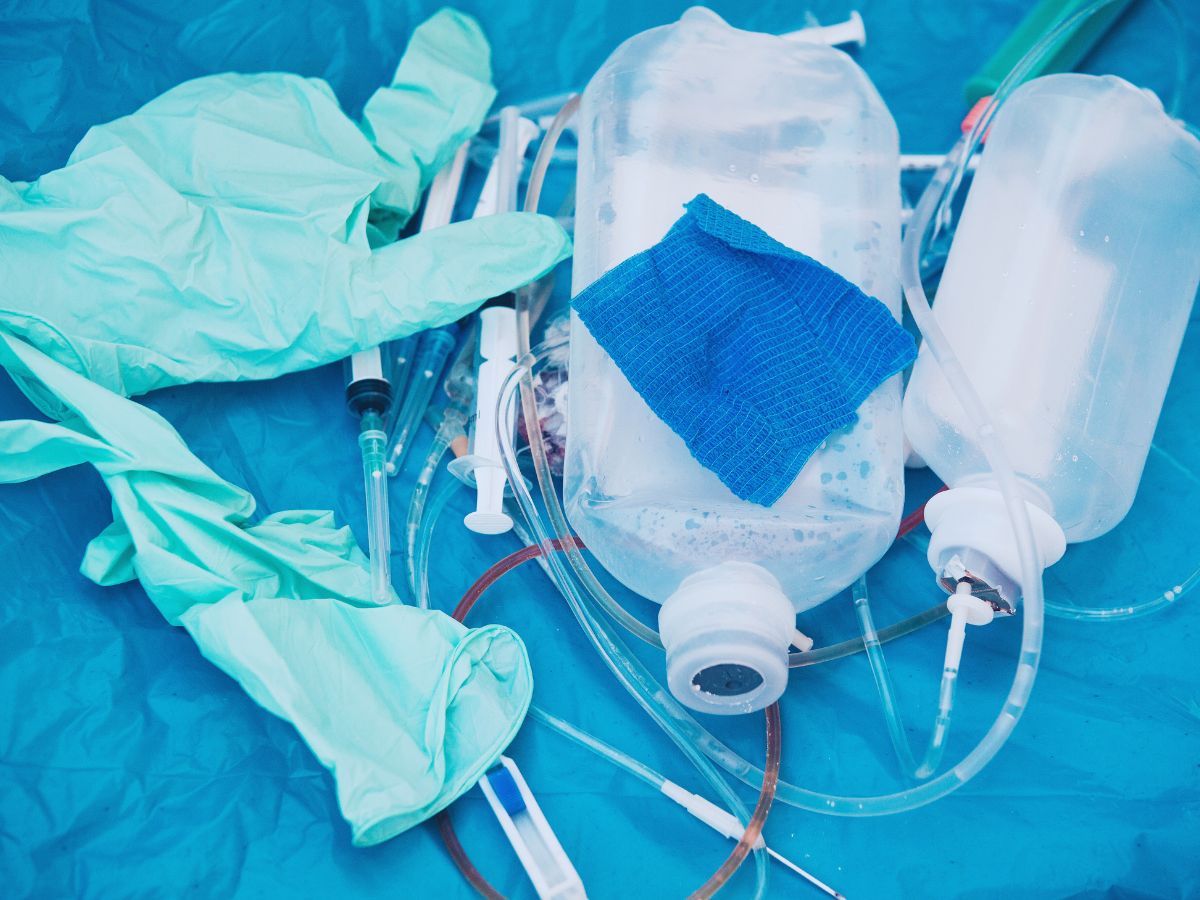
Napkins and Paper Towels
Used napkins and paper towels are often contaminated with food or chemicals, making them non-recyclable. Compost clean paper towels or dispose of contaminated ones in the trash.
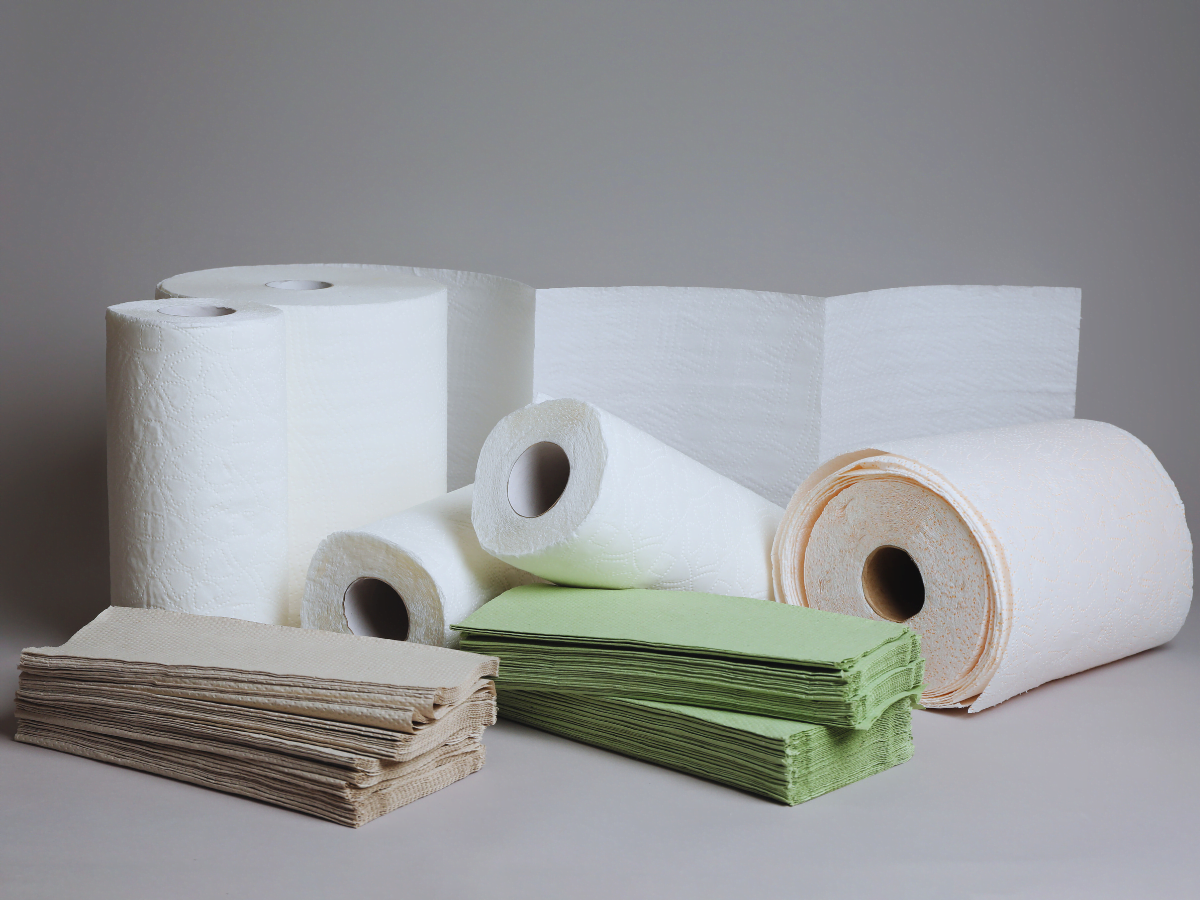
Prescription Pill Bottles
Most prescription pill bottles are made of recyclable plastic, but they are often too small for recycling machinery. Check with local pharmacies for take-back programs or repurpose bottles for household storage.
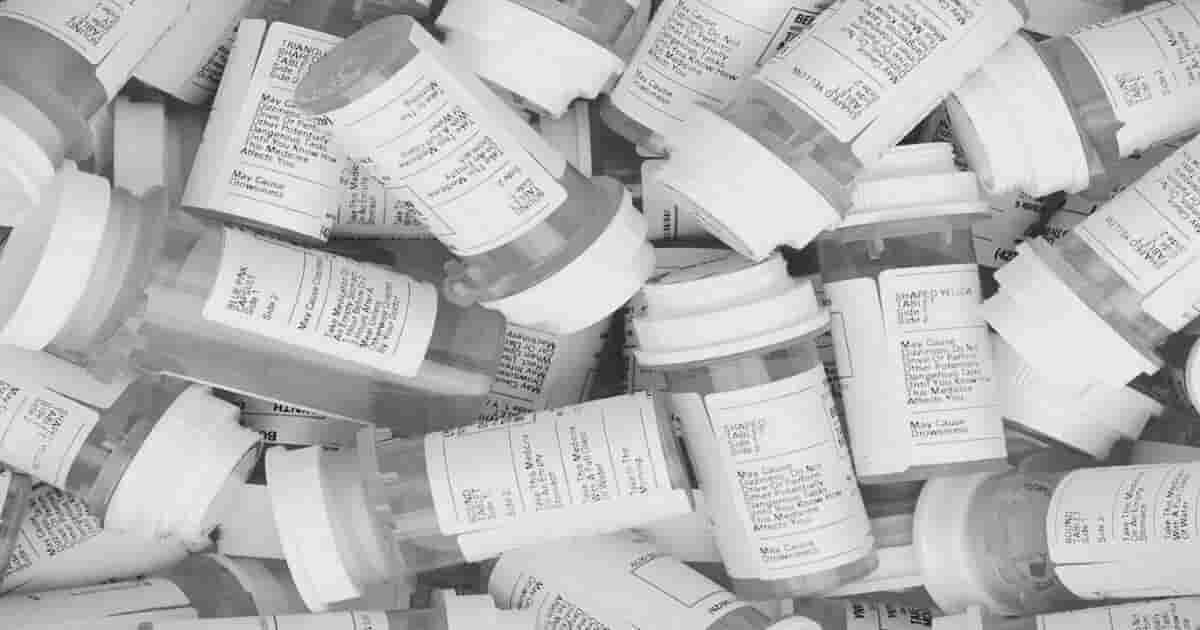
Greasy Pizza Boxes
Greasy pizza boxes are non-recyclable because food residue contaminates the paper. Compost clean sections of the box and discard greasy parts in the trash.

Plastic Bags and Bubble Wrap
Plastic bags and bubble wrap cannot be processed by standard recycling facilities. Use designated collection bins at grocery stores or reuse them for packing and storage.

Loose Plastic Bottle Tops
Loose plastic bottle tops can jam recycling machinery. Keep caps on bottles or take them to specialized recycling programs that accept loose tops.

Styrofoam
Another tough material included in non-recyclable household items, is styrofoam. Styrofoam is non-biodegradable and difficult to recycle. Opt for biodegradable packing materials or reusable containers to minimize environmental impact.
Guidelines to Reduce Waste
To have knowledge of most widely used non-recyclable household items, how to deal the problem of contamination, accumulation of waste, the best disposal options and eco-friendly alternatives, these guidelines can help a great deal.
- Buy in Bulk: Purchasing items in bulk reduces the amount of packaging waste. Bring your own reusable containers to bulk stores.
- Use Reusable Bags and Containers: Switch to reusable shopping bags, produce bags, and containers to minimize single-use plastics.
- Opt for Refillable Products: Choose products with refillable options, such as cleaning supplies, personal care products, and beverages.
- Compost Organic Waste: Set up a compost bin for kitchen scraps and yard waste to reduce landfill contributions.
- Donate or Sell Unwanted Items: Instead of discarding items, donate or sell them to extend their life and reduce waste.
How to Avoid Contamination
- Rinse Recyclables: Clean food and beverage containers before recycling to avoid contaminating the recycling stream.
- Separate Waste: Properly sort recyclables, compostables, and trash to ensure correct processing.
- Follow Local Guidelines: Adhere to local recycling and disposal rules to prevent contamination and ensure efficient waste management.
- Avoid Mixing Materials: Do not mix non-recyclable items with recyclables, as this can spoil the entire batch.
- Use Compostable Liners: For compost bins, use compostable liners to avoid plastic contamination.
Best Disposal Options
- Take Hazardous Waste to Proper Facilities: Dispose of batteries, electronics, and hazardous materials at designated collection sites.
- Participate in Take-Back Programs: Utilize take-back programs for medications, electronics, and other specific items offered by local organizations.
- Drop Off at Collection Points: Use grocery store collection bins for plastic bags and wrap.
- Utilize Municipal Services: Take advantage of municipal bulk waste pickup and recycling services for large or special items.
- Check for Local Recycling Events: Participate in community recycling events for items like tires, electronics, and hazardous waste.
Eco-Friendly Alternatives
- Reusable Coffee Cups: Use a reusable coffee cup instead of single-use coffee pods or paper cups.
- Cloth Diapers: Switch to cloth diapers or biodegradable disposable diapers to reduce waste.
- Beeswax Wraps: Use beeswax wraps instead of plastic wrap for food storage.
- Glass or Metal Straws: Opt for reusable glass or metal straws over single-use plastic ones.
- Eco-Friendly Cleaning Products: Choose eco-friendly, refillable cleaning products to minimize packaging waste and chemical pollution.
- Durable Household Items: Invest in durable, long-lasting household items like stainless steel cookware and bamboo utensils.
- Natural Fiber Clothing: Buy clothing made from natural fibers like cotton, wool, and hemp, which are biodegradable.
- Solar-Powered Gadgets: Use solar-powered chargers and gadgets to reduce electronic waste and reliance on batteries.
Having awareness about top 16 non-recyclable household items and implementing these guidelines can significantly reduce your environmental footprint, avoid contamination, and promote sustainable living. Each small change contributes to a larger positive impact on our planet.
Conclusion
Handling non-recyclable household items responsibly is essential for protecting the environment. By following these guidelines, you can reduce waste, avoid contamination, and contribute to a more sustainable future. Educate yourself on local disposal options and seek out eco-friendly alternatives whenever possible.

























